28th Annual Conference Program Archive
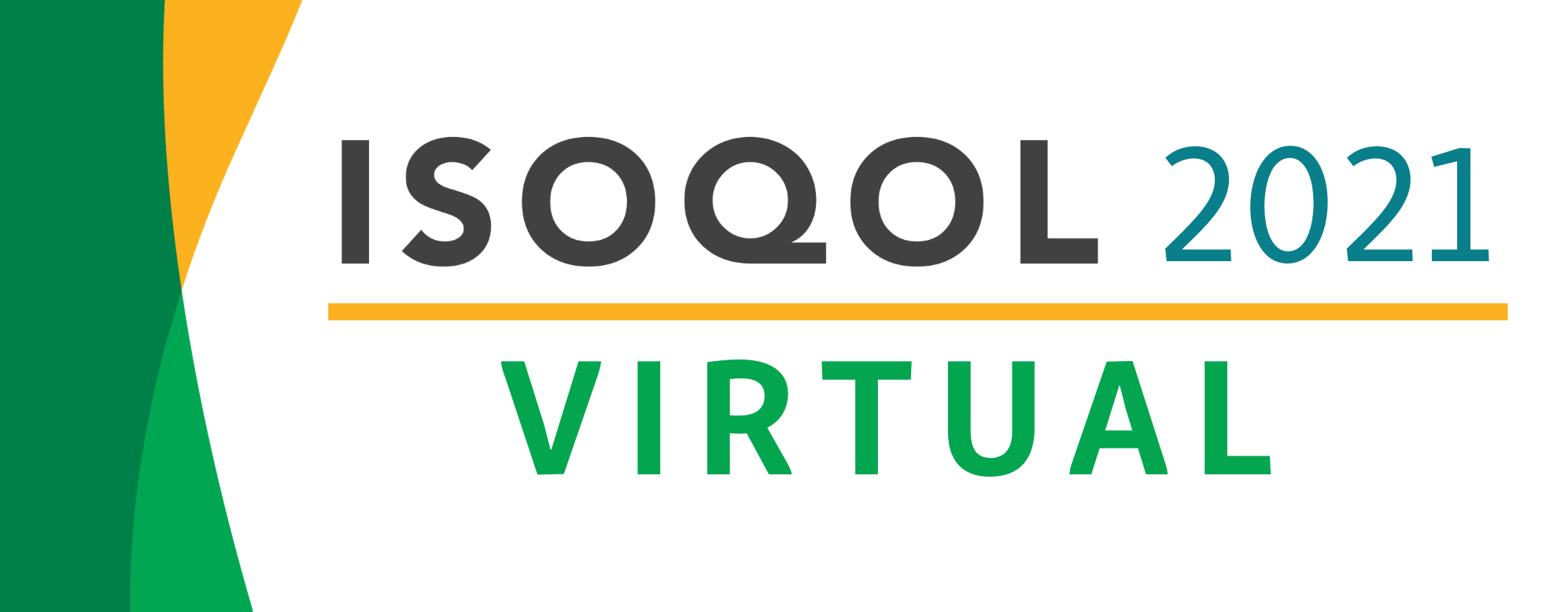
Conference Theme
Making valid decisions: Learning from Patient Reported Outcomes
Scientific Program Committee Co-Chairs

Maria J. Santana, PhD
University of Calgary
Canada

Richard Sawatzky, PhD RN
Trinity Western University & Centre for Health Evaluation and Outcome Sciences
Canada

Kara Schick-Makaroff, PhD RN
University of Alberta
Canada
Plenary Sessions
Plenary: Cutting Edge Research Plenary
Sponsored by Vector Psychometric Group
Description:
The Cutting Edge Research plenary session featured some of the highest-ranked, innovative research from ISOQOL abstract submissions. In particular, these abstracts reflected research that truly “pushes the ISOQOL envelope” in providing new and different ways to look at quality of life.
Speakers:
 Chao Long, MD, The Johns Hopkins Hospital and The Curtis National Hand Center, Baltimore, Maryland, United States
Chao Long, MD, The Johns Hopkins Hospital and The Curtis National Hand Center, Baltimore, Maryland, United States
Dr. Chao Long is a surgeon-scientist who conducts health services research aimed to increase access to high quality, patient-centered, and affordable surgical care in the US and abroad. Her current research centers on promoting equitable evaluation of patient-reported outcomes in low literacy and other disadvantaged populations. Her clinical focus is on plastic and reconstructive, hand, and musculoskeletal conditions. She is currently a PGY-4 plastic and reconstructive surgery resident in the Johns Hopkins/University of Maryland program. She previously served as the Research Fellow at The Curtis National Hand Center and the Donald R. Laub Fellow at ReSurge International.
 Katrina Borowiec, MA, Boston College, Chestnut Hill, Massachusetts, United States
Katrina Borowiec, MA, Boston College, Chestnut Hill, Massachusetts, United States
Katrina Borowiec is a doctoral candidate in Measurement, Evaluation, Statistics, and Assessment (MESA) at the Boston College Lynch School of Education and Human Development. Her dissertation research employs an intersectional approach to measurement invariance analyses in psychosocial scales for diverse college student populations. Katrina is also a psychometric consultant for the DeltaQuest Foundation, where she utilizes item response theory, structural equation modeling, and other approaches to analyze patient-reported quality-of-life outcome measures for individuals with disabilities and life-threatening medical conditions. She holds master’s degrees in higher education from Boston College and survey research methodology from the University of Connecticut.
 Jacquelyn S. Pennings, PhD, Vanderbilt University Medical Center, Nashville, Tennessee, United States
Jacquelyn S. Pennings, PhD, Vanderbilt University Medical Center, Nashville, Tennessee, United States
Jacquelyn Pennings is a Research Associate Professor in the Department of Orthopaedic Surgery in the School of Medicine at Vanderbilt University. Jackie’s research interests include the development, validation, and use of patient reported outcome measures, particularly after orthopaedic surgery, the development and use of longitudinal registries to track patient reported outcomes over time, and the relationship between physical and mental health outcomes. She earned a Ph.D. and Master’s degree in experimental psychology from Texas Christian University after obtaining a Bachelor’s degree from Belmont University. Jacquelyn has also been accredited by the American Statistical Association as an Accredited Professional Statistician.
 Yuelin Li, PhD, Memorial Sloan Kettering Cancer Center, New York, New York, United States
Yuelin Li, PhD, Memorial Sloan Kettering Cancer Center, New York, New York, United States
My current research focuses on Machine Learning (ML) and Bayesian nonparametric statistical methods. These methods offer new and powerful ways to solve problems that cannot be easily solved by conventional methods. That is in part because ML imitates intelligent human behaviors. For example, ML can recognize patterns in complex data without the need for human supervision. In this talk I will use Bayesian nonparametric clustering as an ML engine to identify personalized treatment rules using patient-reported symptoms. I will also show that personalized treatments tailored to co-occurring symptoms may be more effective than a conventional one-size-fits-all approach.
Plenary : Use of PROs for People-Centred Care
Sponsored by RWS
Description:
Person-centred care is a fundamental shift in the delivery of health care that personalizes it by placing the patient/client at the nucleus of this care. This plenary incorporated critical perspectives to explore the interconnections of person-centred care and PRO use at individual and aggregated levels, alongside patient engagement with patients as partners in healthcare and their own use of PROs.
Speakers:
 Joakim Öhlén, RN PhD, Institute of Health and Care Sciences and Centre for Person-Centred Care at the University of Gothenburg, and Palliative Centre Sahlgrenska University Hospital, Gothenburg, Sweden
Joakim Öhlén, RN PhD, Institute of Health and Care Sciences and Centre for Person-Centred Care at the University of Gothenburg, and Palliative Centre Sahlgrenska University Hospital, Gothenburg, Sweden
Joakim Öhlén, PhD, RN, is professor in nursing at the Sahlgrenska Academy, University of Gothenburg in Sweden, and has a clinical appointment to the Palliative Centre at Sahlgrenska University Hospital in Gothenburg. He is the Centre Director at the University of Gothenburg Centre for Person-Centred Care, and leads a research programme on person-centeredness in palliative care. He has contributed with knowledge about how to put person-centeredness in action including a practice model for communication in the context of palliative care, patients’ preparedness for recovery, and support to family members in palliative care. He has extensive teaching experience.
 Kirstie Haywood, DPhil BSc(Hons), PGCertTLHE, Warwick Research in Nursing, Warwick University, Coventry, United Kingdom
Kirstie Haywood, DPhil BSc(Hons), PGCertTLHE, Warwick Research in Nursing, Warwick University, Coventry, United Kingdom
Kirstie’s interest in PRO research has embraced many conditions, with a long-term interest in rheumatology/musculoskeletal and resuscitation research. She has led on the development, use and evaluation of PRO approaches in research and routine practice settings, and in core outcome set development. She is passionate about working collaboratively with patients as partners across these endeavours, co-founding and chairing ISOQOL’s Patient Engagement SIG. She is an invited member of the European Resuscitation Council guidelines and American Heart Association ‘Statement of Survival after Cardiac Arrest’ writing groups, raising the importance of capturing the voice of survivors and their families in resuscitation research.
Plenary: Validation of PROs for decision-making
Sponsored by EORTC
Description:
Modern perspectives of measurement validity focus on the inferences, actions and decisions based on PROs. This plenary addressed evidence-based foundations for comparing PROs of different people and assessing change over time to inform healthcare decisions.
Speakers:
 Mirjam Sprangers, PhD, Amsterdam University Medical Centers, Amsterdam, Netherlands
Mirjam Sprangers, PhD, Amsterdam University Medical Centers, Amsterdam, Netherlands
Mirjam Sprangers, psychologist by training, is full professor at the Department of Medical Psychology of the Amsterdam University Medical Centers in the Netherlands. She coordinates a research line addressing the methodological, theoretical and clinically applied aspects of quality-of-life research in a range of chronic diseases. She is a long-standing member of the European Organisation for Research and Treatment of Cancer Study Group on Quality of Life. She was a Foreign Adjunct Professor of the Karolinska Institute in Stockholm, Sweden. She served as President of the board of ISOQOL and received the 2014 ISOQOL President’s award.
 Bruno D. Zumbo, PhD, The University of British Columbia, Vancouver, British Columbia, Canada
Bruno D. Zumbo, PhD, The University of British Columbia, Vancouver, British Columbia, Canada
Bruno D. Zumbo is a mathematical scientist working at the intersection of the behavioural, social and health sciences. He is Professor and Distinguished University Scholar, Tier 1 Canada Research Chair in Psychometrics and Measurement, and the Paragon UBC Professor of Psychometrics & Measurement at the University of British Columbia. As an internationally recognized psychometrician and measurement theorist, his research program has influenced psychometric and validity theories, measurement invariance (DIF & test bias), and reliability. His insights into validity theory and measurement invariance have been twice recognized as a Killam Laureate (Research & Teaching awards) and the Samuel Messick Award.
Plenary: The Importance of Patient-reports in Learning Healthcare Systems
Sponsored by Mapi Research Trust
Description:
Patient reports on their health outcomes and healthcare experiences, including their narratives, are central to person-centred learning healthcare systems. The presenters discussed the state of the art in using patient reports to ensure that value-based healthcare is achieved and drives the person-centred learning health systems.
Speakers:
 Charles P. Friedman, PhD, University of Michigan Medical School, Ann Arbor, MI, United States
Charles P. Friedman, PhD, University of Michigan Medical School, Ann Arbor, MI, United States
Charles Friedman is the Josiah Macy Jr. Professor of Medical Education and Chair of the Department of Learning Health Sciences at the University of Michigan Medical School. In recent years, he has focused his academic interests and activities on the concept of Learning Health Systems, and the socio-technical infrastructure required to sustain them. He is editor-in-chief of the open-access journal Learning Health Systems and co-chair of the movement to Mobilize Computable Biomedical Knowledge.
 Verna Yiu, MD FRCPC, Alberta Health Services, Edmonton, Alberta, Canada
Verna Yiu, MD FRCPC, Alberta Health Services, Edmonton, Alberta, Canada
An accomplished leader in the academic and healthcare sectors, Dr. Verna Yiu has been involved in public sector governance for over two decades. She is currently the President and CEO of Alberta Health Services (AHS), Canada’s first and largest province-wide health system providing integrated care to more than 4.2 million Albertans. AHS has been recognized as a national and international leader in many clinical and administrative areas including: being named as one of the top 5 most integrated healthcare systems out of 40 countries, having one of the top 3 best health supply chain management systems in the world, and awarded one of Canada’s Top 100 Employers for three consecutive years.
Dr. Yiu previously served as Vice President, Quality and Chief Medical Officer in AHS from 2012-2016. Prior to the role of Interim Dean in 2011, she was Vice-Dean for the Faculty of Medicine/Dentistry from 2008-2011 and Assistant Dean for Student Affairs from 2000-2008. She has won numerous awards for teaching and clinical excellence and also chaired the Specialty of Nephrology for the Royal College of Physicians and Surgeons of Canada for 6 years. Dr. Yiu is a Professor of Pediatrics at the University of Alberta and continues to practice as a pediatric nephrologist.
 Brenda Hemmelgarn, MD PhD, University of Alberta, Edmonton, Alberta, Canada
Brenda Hemmelgarn, MD PhD, University of Alberta, Edmonton, Alberta, Canada
Dr. Brenda Hemmelgarn is a nephrologist, health services researcher and Dean, Faculty of Medicine & Dentistry U of Alberta. Her research includes strategies to improve care and outcomes for patients with kidney disease and other chronic conditions. She is a strong advocate for patient-oriented research, patient engagement and integrated knowledge translation. She has more than $20 million in funding and more than 500 peer-reviewed publications. Among her awards Dr. Hemmelgarn received the Alberta Science and Technology Leadership (ASTech) Foundation Award for Outstanding Achievement in Health Innovation and is a fellow of the Canadian Academy of Health Sciences.
Educational Workshops
Workshop 1: Using Patient-reported Outcome Measures for Screening
Workshop level: Basic
Workshop Goals:
Our goal was to provide an overview of the development, evaluation, and implementation of PROMs for screening in clinical practice and research. We emphasized key skills with workshop activities. Background: Patient-reported outcome measures (PROMs) used for screening purposes have score thresholds (cut-scores) that can be used to categorize patients into clinically-meaningful groups, which facilitates identifying patients who might benefit from additional intervention or supportive care. Score thresholds can also enhance the interpretability and actionability of PROMs in clinical practice and research.
Intended Audience
Individuals interested in developing and/or using PROMs for screening purposes in clinical practice or research. This workshop was designed to be applicable to any patient population and to learners of all levels with prior knowledge/experience with PROMs.
Overview/Outline
- Introduction and workshop objectives (10 minutes) All presenters
- Methods lecture (45 minutes) 3 presenters
- Methods for establishing score thresholds for a PROM when a “gold standard” is available
- Methods for establishing score thresholds for PROMs in the absence of a gold-standard,
- Methods Activity (25 minutes) All presenters: break out groups moderated by presenters will apply the methods learned in the didactic lecture to example data.
Break (5 minutes) - Clinical/research applications (45 minutes)
- Example 1 – Successes and learnings from integrating a screening PROM in otolaryngology practices – 1 presenter
- Example 2 – Consideration of the Needs of Clinicians to Successfully Implement PROMs Used for Screening Purposes – 1 presenter
- Example 3 – Using self-reported cognitive concerns and cognitive test performance to screen for cognitive impairment in primary care – 1 presenter
- Panel discussion – Workshop presenters will discuss lessons learned from the Clinical Examples in a Q&A format (10 minutes)
Break (5 minutes) - Evaluation/Implementation Activity (25 minutes) All presenters: Break out groups will elicit and discuss desirable properties of PROMs when used for screening and key considerations for successful implementation based on pre-defined contextual scenarios
- Discuss resources for further learning (10 minutes) – 1 presenter
Closing Total time = 180 minutes (max = 180)
Learning Objectives
- Describe the methods for developing or adapting PROMs for screening purposes in clinical practice and research. Through didactic presentations, participants learned the methods for developing new or adapting existing PROMs for screening purposes when a gold standard is available (sensitivity, specificity, negative and positive predictive value, etc.) versus when a gold standard is not available (standard setting by a panel of stakeholders, use of normative data, etc.), including the strengths and limitations of various approaches. Moderated break-out groups provided participants with the opportunity to apply the methods discussed.
- Identify the properties of a useful patient-reported screener. Presenters described approaches for critically evaluating PROMs used for screening purposes. In a second break-out session, participants were presented with example PROMs for screening and clinical and/or research vignettes. For example, one important property for clinicians working directly with patients is the clinical relevance and integration of results into their clinical reasoning processes. Attendees applied their knowledge in discussions of selecting and evaluating the properties of PROMs for screening for specific applications.
- Recognize opportunities to use PROMs as screening tools in clinical practice and research. Didactic presentations instructed attendees on how to identify situations where PROMs can be informative as well as situations where their use is to be avoided. Practical applications of PROMs for screening purposes were illustrated through a series of three case studies. Additionally, consideration of the needs and individual factors that impact clinicians’ behaviors to support the use of PROMs as screeners were illustrated. In the second moderated break-out session, participants used research vignettes to elicit and discuss attributes needed for successful implementation of PROM screening tools in clinical practice or research.
Organizers:
- Kathleen Yost, PhD, Mayo Clinic, Rochester, United States
- Theresa Coles, PhD, Duke University School of Medicine, Durham, United States
- Minji Lee, PhD, Mayo Clinic, Rochester, United States
- Angela Wolff, RN PhD, Trinity Western University, Langley, British Columbia, Canada
- Cindy Nowinski, MD PhD, Northwestern University, Chicago, United States
- Natasha Roberts, Royal Brisbane and Women’s Hospital, Herston, Australia
Workshop 2: The Estimand Framework, Sensitivity Analyses, and Applications in Patient-reported Outcomes
Workshop level: Advanced
Workshop Goals:
- Illustrate the importance of the estimand framework for patient-reported endpoints
- Demonstrate the link from the PRO objective to the interpretation through the estimand framework
- Provide a clear and accessible demonstration of PRO estimands that can be applied in the regulatory setting
Intended Audience
The workshop was intended for academics, trialists and outcomes researchers who design clinical trials and plan and analyze patient-reported endpoints.
Overview/Outline
1. Background
 a. Regulatory and reimbursement authorities increasingly require that patient experience is captured in clinical trials
 b. PRO objectives are often vaguely defined, leading to interpretation challenges and exclusion of results from the drug label
 c. The estimand framework provides a clear process for defining and interpreting PRO endpoints
 d. Regulatory agencies are adopting the estimand framework and it is expected to be increasingly used in trials
2. Definitions of estimands, per ICH E9 addendum
 a. 5 components
 b. Strategies for evaluating estimands:
  • Treatment policy
  • Composite
  • Hypothetical
  • Principal Stratum
   1. When might this be helpful?
   2. Advantages and disadvantages
   3. User-friendly and more technical resources and examples
  • While on treatment
3. Sensitivity analyses for PRO endpoints
4. Demonstration of estimands on PRO endpoints
 a. The ACCENT trial evaluated the efficacy of N-acetylcysteine (NAC) in adults with cannabis use disorder;
 b. The Marijuana Cravings Questionnaire4 evaluated patient-reported marijuana cravings;
 c. Estimand 1: assessment of efficacy for NAC relative to placebo on patient-reported cravings
  i. Definition of intercurrent events
  ii. Strategies used:
   • a composite strategy for discontinuation
   • a treatment policy strategy for non-adherence
  iii. Sensitivity analyses
  iv. Communicating the findings
 d. Estimand 2: assessment of efficacy for NAC relative to placebo on patient-reported cravings while participants were medically adherent
  i. Definition of intercurrent events
  ii. Strategies used:
   1. a hypothetical strategy for discontinuation and for non-adherence
  iii. Sensitivity analyses
  iv. Communicating the findings
 e. Estimand 3: assessment of efficacy for NAC relative to placebo on patient-reported cravings while participants were receiving treatment
  i. Definition of intercurrent events
  ii. Strategies used:
   1. a while on treatment strategy for discontinuation
   2. a treatment policy strategy for non-adherence
  iii. Sensitivity analyses
  iv. Communicating the findings
5. Final remarks
 a. The goal of this workshop was to demonstrate a link from the PRO objective to the interpretation through the estimand framework
Learning Objectives
- Understand how using the International Council for Harmonisation (ICH) addendum on estimands and sensitivity analysis in clinical trials provides a framework connecting the PRO objective, with the analytic approach, and interpretation.
- Describe the 5 components of estimands for PROs and evaluate the strengths and limitations of different estimand strategies for clinical trials.
- Given a PRO measure, design 3 evaluable estimands for a clinical trial and given a PRO estimand, define a corresponding sensitivity analysis and successfully communicate the interpretation.
Organizers:
- Libby Floden, PhD MPH, Clinical Outcomes Solutions, Tucson, United States
- Melanie Bell, PhD, University of Arizona, Tucson, United States
- Bellinda King-Kallimanis, PhD, LUNGevity, Washington, United States
- Jessica Roydhouse, PhD, University of Tasmania, Hobart, Australia
Workshop 3: Methods for Estimating Individual Change on Patient-Reported Outcome Measures
Workshop level: Basic
Workshop Goals:
There is a critical need to understand whether individual patients have changed on patient-reported outcome measures (PROs). The United States Food and Drug Administration (FDA) requires that PROs qualified as clinical outcome assessments have established thresholds for meaningful within person change and for determining when individual patients have benefited from treatment (responder definition). Clinicians need to be able to determine if their patients improve after a treatment modification. To date, group-based methods have often been inappropriately used to define individual change. In addition, there is confusion about what counts as important change at the individual level. This workshop clarified the conceptual basis for defining individual change on PROs, detailed the most appropriate methods for estimating individual level change, and provided a hands-on, demonstration-based instructional session on estimation of individual change in common statistical software.
Intended Audience
The intended audience was PRO researchers, clinical trialists focusing on PROs, practitioners interested in determining whether individual patients have changed, and researchers involved in regulatory applications of PROs.
Overview/Outline
- Introduction (5 minutes)
- Background on Key Concepts (60 minutes)
- Change scores
- Brief history of minimally important differences and change
- Group change: Anchor methods vs. distribution methods
- Group methods should not be used for individual change
- Methods for individuals
- Reliable change index and related statistics
- Applications in Item Response Theory
- Meaningful change at the individual level
- Guided Group Discussion (15 minutes)
Break (15 minutes) - Demonstration and Practice Estimating Individual Change in Common Statistical Software (60 min)
- Set-up cloud-based access to practice data for all participants
- Ensure each participant has appropriate software installed
- Walk-through multiple examples
- Guided Group Discussion (20 minutes)
- Wrap-up (5 minutes)
Learning Objectives
- Distinguish between appropriate methods for estimating group and individual change on PRO measures.
- Be familiar with methods to identify statistically significant and meaningful change on PROs, and the advantages and limitations of applying different thresholds.
- Estimate statistically significant individual change using common statistical software (e.g., SAS, R) and interpret the results.
Organizers:
- John Peipert, PhD, Northwestern University, Chicago, United States
- Ron Hays, PhD, UCLA Department of Medicine, Los Angeles, United States
Workshop 5: Successfully Selecting, Developing, and Deploying Digital Clinical Measures of Health
Workshop level: Basic
Workshop Goals:
To support the adoption of high-quality, evidence-based, fit for purpose digital clinical measures in clinical trials, patient care, and public health.
Intended Audience
Professionals dedicated to the development and deployment of digital clinical measures using wearable sensor technology.
We are skilled at communicating with diverse audiences, and provided invaluable insights to everyone passionate about advancing remote patient monitoring.
Overview/Outline
The global COVID-19 pandemic driven a new urgency for devising a common framework for the development and deployment of high quality, patient centric, digital clinical measures. Multiple digital technologies for symptom tracking and contact tracing are currently in use and/or development, and clinical researchers are now designing new decentralized clinical trial strategies using telemedicine and remote patient monitoring to minimize pandemic-related disruption of the clinical research enterprise. Adoption of a comprehensive “how-to” roadmap to synthesize best practices in the digital health field is essential for guiding these efforts and safeguarding public health.
The Playbook synthesizes best practices from the digital health field into one comprehensive “how-to” document. A first draft, built by collaborators from the Digital Medicine Society, Elektra Labs, Genentech, Koneksa, Myokardia, Sage Bionetworks, Scripps Research, and the FDA. The Playbook is now being advanced for broad adoption by these organizations and new collaborators from ActiGraph; Activinsights; American Pharmacists Association; BlackThorne Rx; Center for Digital Health at Brown University; Covance; Digital.Health; Duke University; Eli Lilly and Company; the European Medicines Agency; Evidation Health; Merck.; Open mHealth; Pfizer; physIQ; Savvy Coop; Takeda; VivoSense; and Winterlight Labs.
This session was delivered as an interactive workshop, providing participants with the foundational elements of selecting, developing, and deploying high quality digital clinical measures that cut across use cases. Speakers are co-creators of The Playbook with extensive experience and expertise in measurement science, HEOR, the science of patient engagement, regulatory science, and — perhaps most importantly — education. This speaker panel demonstrates disciplinary diversity as well as effective pre-competitive collaboration. To support the audience in selecting, developing, and deploying fit-for-purpose, meaningful digital clinical measures across clinical research, patient care, and public health.
Learning Objectives
- To support the audience in selecting, developing, and deploying fit-for-purpose, meaningful digital clinical measures across clinical research, patient care, and public health.
- To support the audience in identifying ethical considerations associated with the introduction of digital clinical measures to clinical trials, patient care, and public health.
- To support the audience in selecting the right partners for co-creating and implementing high quality, patient centric, digital measures of health.
Organizers:
- Jennifer Goldsak, MChem MA MBA, Digital Medicine Society (DiMe), Boston, United States
- Betsy Tschosik, Genentech, Chicago, United States
- Elizabeth Nicki Bush, Eli Lily and Company, Indianapolis, United States
Workshop 6: Why is it so complex? How to integrate PROs in routine care using Complexity Theory
Workshop level: Basic
Workshop Goals:
Integrating PRO measures into clinical practice requires a considered approach to ensure effectiveness and sustainability. There is much to take into account, including impacts from the health service, from staff, and from patients and their families.
The goal of this workshop was to explore the application of complexity theory to the use of PROs routine clinical care.
Intended Audience
This workshop was intended for individuals who have a basic knowledge of PROs in research and/or clinical practice.
Overview/Outline
Workshop outline [180 minutes]:
1. Overview of complex interventions [40 minutes]
- Welcome and agenda overview
- Introduction to complex interventions:
- What does it mean for an intervention to be “complex”?
- What tools and resources are available? What makes using PROs complex?
- Small group activity reflecting their experiences of complexity
- Facilitated discussion of what each group identified from their settings/contexts
2. Theoretical approaches to complexity [30 minutes]
- Overview of implementation science and PROs
- Complexity science theory
- PCORI proposed method standards for studies of complex interventions
- Process Measurement for the implementation of complex interventions
Break [15 minutes]
3. Case Study 1 [25 minutes]: Developing a strategy for introducing PROs using Complexity Theory: Using PROs to overcome the fragmentation in clinical care of individual patients
- Facilitated discussion and questions
4. Case Study 2 [25 minutes]: Development of a PRO intervention in clinical practice: How using phases of development can be used to build a robust complex intervention
- Facilitated discussion and questions
5. Case Study 3 [25 minutes]: Using a complexity lens to guide the design and implementation of PROs in clinical practice: A complexity-informed approach across multiple use cases and workflows within a health system
- Facilitated discussion on sustaining complex intervention and questions
6. Interactive Group Activity with Facilitators – Apply complexity theory to your context [15 minutes]
7. Share results and wrap up [5 minutes]
Learning Objectives
- Describe the fundamentals of complexity theory and complex interventions in relation to healthcare
Participants were able to classify theoretical approaches, understand what complexity is, and why a theoretical approach is needed. They were able to recognize the complexities of PRO use in individual patients, clinicians, specific subgroups, local institutions and broader health system and assist incorporation of PROs into the workflow. Through facilitated reflection and group discussion about complex interventions, participants’ were able to draw on their experiences. Participants were able to access tools and resources available to manage complexity in research and practice and know where to find further information. - Describe PRO use in clinical practice as a complex intervention
Participants were able to identify why PROs are complex interventions. They were able to compare and contrast complexity theory in order to recognize complex interventions in their respective settings. This learning objective was achieved through presented content of both theory and applied international case studies, through facilitated reflection, and group discussion. As a result, participants were able to explore the value and potential for using PROs in clinical practice. - Apply understanding of complexity theory and complex intervention frameworks based on international case studies
Participants were able to understand how to apply complexity theory to PROs in clinical practice. They were able to plan the design of a clinical implementation that integrates complex PRO interventions into clinical care. Participants were able to understand the complexities of using PROs at an individual patient and clinician level, complexities at the local level, and at a broader health service level. Additionally, real world examples enabled the application of complexity theory across a variety of disease types, patient and clinician groups and international health services.
Organizers:
- Natasha Roberts, PhD, University of Queensland, Herston, Australia
- Elizabeth Austin, MPH, University of Washington, Seattle, WA, United States
- Liv Marit Valen Schougaard, PhD, Regional Hospital West Jutland, Herning, Denmark
- Bernice Gulek, MS, University of Washington, Seattle, United States
- Angela Wolff, PhD, Trinity Western University, Langley, British Columbia, Canada
Workshop 7: Digital Storytelling in Health Research
Workshop level: Basic
Workshop Goals:
- Introduction to the method and practice of Digital Storytelling (DST)
- Take part in viewing and discussion of digital stories
- Discuss how stories can be used and shared in health-related quality-of-life research
- Discuss the ethical considerations of DST
Intended Audience
Researchers, clinicians, patient-partners, and other stakeholders interested in learning about the methodology, process, and practice of storytelling in health research, and how digital stories complement patient-reported outcomes research.
Overview/Outline
Stories and storytelling help us to make sense of our thoughts, feelings, and experiences. They help us to better understand our environment, interactions with others and to formulate and convey our values, beliefs, and insights for ourselves and others.
DST is an innovative Community-Based Participatory Research (CBPR) method that increases the participation of people with lived experience in health research. Digital stories are short (3-5 minutes), first-person video narratives created with the combination of images, video, narration, and music. DST has been used by academics across disciplines, including health research for the past two decades.
In this workshop, we focused on DST methods, how DST works in practice as well as its benefits and challenges. This workshop introduced participants to a 7-step methodology developed by Story Center, US (Lambert, J., 2020, Berkeley, CA., USA). The 7-steps include owning your insights, owning your emotions, finding the moment, seeing your story, hearing your story, assembling your story, and sharing your story. As a CBPR method, DST can help to reach and elevate the voices of underrepresented populations and can be used as a tool to meaningfully engage populations who value storytelling as a way of knowing and understanding. It could also be used as a tool to understand what matters most to patients, to inform and personalize quantitative data, and as a powerful knowledge translation tool.
The workshop outline:
- Introduction to DST: including the 7-steps involved to develop a digital story (60 minutes)
- View and discuss the use of digital stories in health research (60 minutes)
- Group discussion: digital stories and patient-reported outcomes research (30 minutes)
- Group discussion: ethical considerations when using DST as a research method (30 minutes)
Learning Objectives
- Describe how Digital Storytelling supports efforts to capture patient experiences including those from under-represented populations.
- List and describe the 7 steps involved in the Digital Storytelling method.
- Describe how Digital Storytelling can be applied in person-centered outcomes research.
Organizers:
- Sandra Zelinsky, University of Calgary, Calgary, Alberta, Canada
- Maria Santana, PhD, University of Calgary, Calgary, Alberta, Canada
- Danielle Lavallee, PhD, British Columbia Academic Health Science Network, Vancouver, British Columbia, Canada
- Sadia Ahmed, Masters, University of Calgary, Calgary, Alberta, Canada
Workshop 8: PROM data visualization in the clinical setting: what do clinicians need to see?
Workshop level: Basic
Workshop Goals:
Regardless of whether patient-reported outcome measure (PROM) data is collected via app or integrated into the electronic health record, the numeric results must be transformed into a format that is easy to read and interpret for busy clinicians and their patients. The workshop goals were to present and discuss examples and best practices for visualizing PROM data in the context of clinical care.
Intended Audience
Clinicians, clinical informaticists, clinical researchers, implementation scientists
Overview/Outline
Session 1: Data visualization for clinical PROM interpretation: an overview – 30 min
Abi Williams, Adelphi Values, Boston, United States
- This session highlighted the data visualization research and applications that have been developed to help clinicians interpret results.
Session 2: Real-world application in the clinical setting – 30 min
Galina Velikova, MD PhD FRCP, University of Leeds, Leeds, United Kingdom
- The presenter provided examples of how clinicians use data visualization to interpret patient-reported outcomes in a setting where there is routine collection of PROMs allowing for visualization of symptom trends over time and aggregate data assessment.
Session 3: Recommendations for PRO data visualization – 30 min
Claire Snyder, PhD, Johns Hopkins University, Baltimore, United States
- Dr. Snyder reviewed research findings regarding differences in accuracy of interpretation and ratings of clarity across different PROM data display formats. She then described how this evidence base informed development of recommendations for PROM data display and how these recommendations meet stakeholders’ needs.
Sessions 1-3 Q&A – 15 min
Session 4: Interactive computer demonstration – 30 min
Ethan Arenson, MA MS, Adelphi Values, Boston, United States
- Using a demo computer application, participants entered responses for a hypothetical patient and viewed a dashboard with visuals to interpret results.
Session 5: What works for clinicians? A discussion panel – 45 min
Panel: Angela Wolff, PhD RN, Trinity Western University, Langley, BC, Canada; Saied Shahraz, ICON PLC, Dublin, Ireland
Moderator: Emily Henkle, PhD MPH, OHSU-PSU SPH, Portland, United States
- This panel facilitated by researchers focusing on implementation, end-user needs, and clinical informatics invited participants to discuss data visualization methods that have helped with the interpretation of PROM results and enabled their use to meaningfully guide patient care.
Learning Objectives
- To learn about different approaches for visualizing patient-reported outcome measure (PROM) results for clinical interpretations.
- To understand evidence-based recommendations for presenting PROM data.
- To discuss ways data visualization can improve the interpretation of PROMs in the clinical setting.
Organizers:
- Emily Henkle, PhD MPH, OHSU-PSU School of Public Health, Portland, United States
- Ethan Arenson, MA MS, Adelphi Values, Boston, United States
Additional Workshop Speakers:
- Abi Williams, Adelphi Values, Boston, United States
- Claire Snyder, PhD, Johns Hopkins University, Baltimore, United States
- Angela Wolff, PhD RN, Trinity Western University, Langley, BC, Canada
- Saied Shahraz, ICON PLC, Dublin, Ireland
Roundtables
Roundtable 1A: How can PROMs and PREMs enable the integration of person-centred care practices?
Description:
This discussion focused on how the use of PROMs and PREMs can function as enablers and triggers for the integration of person-centred care in healthcare practice. Possible questions for discussion: What are the features of a person-centred practice? What are the users’ interests as related to using PROMs and PREMs? What are the practice interests that can drive the development?
Host:
Joakim Öhlén, RN PhD
Institute of Health and Care Sciences and Centre for Person-Centred Care at the University of Gothenburg, and Palliative Centre Sahlgrenska University Hospital
Roundtable 1B: PROMs for person-centered care
Description:
At this roundtable, we invited participants to discuss the use of patient-reported outcome measures to inform person-centered care and to transform health care. Participants brought their own expertise and evidence to this interactive roundtable.
Hosts:
Richard Sawatzky, PhD RN
Trinity Western University & Centre for Health Evaluation and Outcome Sciences
Maria J. Santana, PhD
University of Calgary
Kara Schick-Makaroff, PhD RN
University of Alberta
Roundtable 2A: Studying online symptom monitoring with ePROs combined with patient self-management advice during cancer treatments – engaging patients and clinicians
Description:
ePROs-based online interventions are complex, with active components influencing patients, clinicians and clinical pathways. Patient benefit depends on the content and design of the intervention, patients’ and clinicians’ engagement and associated clinical actions or self-management. We discussed different approaches across oncology contexts to learn how interventions could be designed and delivered to maximise benefit. Participants brought their questions, examples and experiences.
Host:
Galina Velikova, MD PhD FRCP
University of Leeds
Roundtable 2B: Strategies and Overcoming Barriers to Implement PROs into Clinical Practice
Description:
In this roundtable, we discussed the challenging process of Implementing patient-reported outcomes (PROs) into clinical practice with a focus on the spectrum of approaches from Volkswagen to Cadillac. We used the Canadian pediatric landscape as an example.
Hosts:
Robert Klaassen, MD FRCP(c)
Children’s Hospital of Eastern Ontario
Samantha J. Anthony, PhD MSW RSW
SickKids
Roundtable 3A: Using Implementation Science: from theory to practice
Description:
Who does the ‘work’ of implementing patient-reported measures in routine care settings, and how? In this roundtable we discussed common barriers to implementing PROMs and PREMs in clinical practice, and explored practical strategies for overcoming them informed by implementation science theory.
Host:
Caroline Potter, DPhil
University of Oxford
Roundtable 3B: PROM Implementation 2.0: Can implementation science help us advance PROM implementation initiatives in routine care settings?
Description:
In this roundtable, we discussed the process, barriers, and enablers of implementing patient-reported outcome measures (PROMs) in routine care settings. This was an interactive session covering broad principles such as what implementation science can do for PROMs, theories that may be helpful, and how to evaluate PROM implementation initiatives.
Host:
Angela Stover, PhD
University of North Carolina – Chapel Hill
Roundtable 4A: PROs for Real-World Evidence/Regulatory Decisions
Description:
This roundtable discussed the ability of PROMs, as a Clinical Outcome Assessment (COA), to provide real-world evidence (RWE) for making regulatory decision. This was a discussion for those who have implemented PROMs at a registry or health system level and were interested in how PROMs may be used to support post-marketing surveillance.
Host:
Richard Skolasky, ScD
Johns Hopkins Univeristy
Roundtable 4B: Implementing PROMs to Improve Value in Clinical Care
Description:
This roundtable discussed the clinical implementation of PROMs from a health economic framework. This was a discussion for those who have implemented and those who were wanting to implement; addressing both how to design implementations with this framework in mind and once implemented how PROMs can be used to improve quality and decrease cost.
Host:
Amy Cizik, PhD MPH
University of Utah
Roundtable 5A: Engaging with patients and the public as research partners - how well are we doing?
Description:
Effective engagement with patients and members of the public as research partners can have a profound impact on the conceptualisation and conduct of research. Seven years since the ‘values’ for patient engagement in health-related quality of life research were proposed, how well are we doing? This roundtable was an opportunity to explore the barriers, opportunities and advances in patient engagement.
Host:
Kirstie Haywood, DPHiL BSc (Hons)
University of Warwick
Warwick Medical School
Warwick Research in Nursing
Roundtable 6A: Validity of the instrument that collects the data or validity of the data collected by the instrument? (quantitative focus)
Description:
Historically, validity has been seen as a static property of an instrument, established during its development, whereas modern validity theory holds that validity is a property of the inferences drawn from data for a particular context. This Roundtable discussed the five sources of validity evidence (generated mainly, but not only, by quantitative research methods) from the Standards for Educational and Psychological Testing in contrast to types of validity.
Host:
Richard Osborne, PhD
Swinburne University of Technology
Roundtable 6B: Validity of the instrument that collects the data or validity of the data collected by the instrument? (qualitative focus)
Description:
Historically, validity has been seen as a static property of an instrument, established during its development, whereas modern validity theory holds that validity is a property of the inferences drawn from data for a particular context. This Roundtable discussed the five sources of validity evidence (generated mainly, but not only, by qualitative research methods) from the Standards for Educational and Psychological Testing in contrast to types of validity.
Host:
Melanie Hawkins, PhD
Swinburne University of Technology
Communicating Science Seminar (Plain English Summaries)
Communicating Science Seminar: Why you should communicate to a lay audience & add plain English Summaries to manuscript submissions
ISOQOL teamed up with the American Association for the Advancement of Science (AAAS) to bring a Communicating Science Seminar to the Annual Conference. This seminar developed participants’ public engagement and science communication skills by focusing on the importance of effective, two-way communication. It was designed to enable participants to engage in meaningful, reciprocal dialogue with diverse audiences. Using plain English summaries as a working example, participants were able to clearly identify a public engagement goal, define a relevant audience, craft messages tailored to that audience and consider the most effective method for engaging that audience.
Symposia
A symposium examines a topic from differing perspectives and presenters. Presentations and debate among speakers address alternative solutions, interpretations or points of view within the symposium topic area.
Symposium 1: Young People in the time of COVID
Moderator:
John Eric Chaplin, PhD, Sahlgrenska Academy at University of Gothenburg, Gothenburg, Sweden
Individual Presentations:
The impact of anxiety in relation to COVID-19 on the life-situation of young people in Sweden
Malin Berghammer, Ass. Professor, Queen Silvias Childrens Hospital, Gothenburg, Sweden
Margaretha Jenholt Nolbris, Ass. Professor, Institute of Health and Care Sciences, Sahlgrenska Academy, University of Gothenburg, Gothenburg, Sweden
A longitudinal study on mental and social health of children and adolescents; a Dutch general population
Lotte Haverman, PhD, Emma Children’s Hospital, Amsterdam UMC, Amsterdam, Netherlands
Responding to Challenges Faced by Indigenous Children & Youth During COVID
Dr. Nancy Young, PhD, Laurentian University, Sudbury, Ontario, Canada
The Key to Creating a COVID Research Agenda in 2021 and Beyond: Safe, Intentional and Meaningful Engagement
Alisha Daya, The University of British Columbia, Burnaby, British Columbia, Canada
Skye Barbic, PhD, University of British Columbia, Vancouver, British Columbia, Canada
Symposium 2: Who cares? Moving beyond concordance studies in caregiver and proxy research
Moderator:
Jessica Roydhouse, PhD, University of Tasmania, Hobart, Australia
Individual Presentations:
Identifying appropriate measures for caregivers in a lung cancer longitudinal study
Bellinda King-Kallimanis, PhD, LUNGevity Foundation, Bethesda, United States
Among study participants with dementia, at what level of cognitive impairment should family caregiver proxy report be used instead of patient self-report for the assessment symptoms, function and quality of life?
Antonia Bennett, PhD, University of North Carolina, Chapel Hill, United States
Optimal Methods for Reducing Proxy-Introduced Bias on Patient-Reported Outcome Measurements for Group-Level Analyses
Brittany Lapin, PhD MPH, Cleveland Clinic, Cleveland, United States
A Matter of Perspective? Assessing the Role of Phrasing on Proxy-Reported Health Experiences
Jessica Roydhouse, PhD, University of Tasmania, Hobart, Australia
Symposium 3: PROMs in telehealth
Moderator:
Elizabeth Unni, PhD, Touro College of Pharmacy, New York, United States
Individual Presentations:
Current evidence supporting the implementation of electronic patient-reported outcome measures (ePROMs) in the management of chronic diseases – a structured review
Olalekan Lee Aiyegbusi, MBChB PhD, University of Birmingham, Birmingham, United Kingdom
Remote monitoring of symptoms from both disease and treatment in men with advanced prostate cancer – a single arm clinical trial
Natasha Roberts, PhD, University of Queensland, Herston, Australia
Electronic patient-reported outcome measure use during the management of patients with advanced chronic kidney disease: a pilot/feasibility trial
Derek Kyte, PhD, University of Worcester, Worcester, United Kingdom
Remote follow-up using patient-reported outcome measures in patients with chronic kidney disease: The PROKID study – an ongoing non-inferiority pragmatic randomised controlled trial
Birgith Grove, PhD student, AmbuFlex/Center for Patient-Reported Outcome, Herning, Denmark
Remote monitoring of Cystic Fibrosis (CF) due to COVID-19: use of telephone consultations combined with patient-reported outcome measures (PROMs) – a feasibility study
Liv Marit Valen Schougaard, AmbuFlex, Regional Hospital West Jutland, Herning, Denmark
Symposium 4: One size does not always fit all: Are we measuring what matters in patient experiences?
Moderator:
Maria J. Santana, PhD, Cumming School of Medicine, University of Calgary, Calgary, Alberta, Canada
Individual Presentations:
A Patients/Family Perspective
D’Arcy Duquette, Health Quality Council of Alberta, Calgary, Alberta, Canada
Measuring experiences of hospitalized patients in Alberta, Canada using validated surveys
Kyle Kemp, PhD, University of Calgary, Calgary, Alberta, Canada
Categorizing patient concerns using natural language processing techniques
Paul Fairie, PhD, University of Calgary, Calgary, Alberta, Canada
Innovative System for Patient-Reported Experience in Surgery (INSPiRES): semi-structured emotional reporting system for surgical patients and trainees.
Christopher Gibbons, The University of Texas MD Anderson Cancer Center, Houston, United States
Symposium 5: Advancing the science of patient-centered measurement methods
Moderator:
Danielle Lavallee, PharmD PhD, British Columbia Academic Health Sciences Network, Vancouver, British Columbia, Canada
Individual Presentations:
Priorities for advancing methods for measuring what matters: patient and researcher perspectives
Lena Cuthbertson, BHSc (OT) MEd OT(C) PMP, Office of Patient-Centred Measurement, British Columbia Ministry of Health, Vancouver, British Columbia, Canada
Considerations for the assessment and sharing of caregiver-reported outcomes: A qualitative interpretive description study
Fuchsia Howard, PhD RN, University of British Columbia, Vancouver, British Columbia, Canada
Making Visible the Needs of Vulnerable and Marginalized Populations
Kelli Stajduhar, PhD, University of Victoria, Victoria, British Columbia, Canada
Centering Lived Expertise and Equity in Health Metrics
Saraswathi Vedam, RM PhD FACNM, Birth Place Lab, University of British Columbia, Vancouver, British Columbia, Canada
SIG Symposia
Three concurrent symposia hosted by ISOQOL Special Interest Groups (SIGs) were held. These symposia provided educational content related to the special interest and expertise of the groups hosting the session. SIGs had the opportunity to submit a proposal and the presenting groups rotate annually to ensure parity and differentiation of content.
In 2021, the following SIGs and symposia were selected:
Industry SIG: Leveraging Social Media for Patient Centric Research in Medical Product Development
Moderator:
Michelle K. White, PhD, QualityMetric Incorporated, United States
Speakers:
Tom Willgoss, PhD MSc BA, Roche Products, United Kingdom
Louise Newton, MSc, Clinical Outcome Solutions, United Kingdom
Sarah Knight, MSc, Clarivate, United Kingdom
Selena Daniels, PharmD MS, FDA, United States
Discussants:
Paul Wicks, PhD, Wicks Digital Health, United Kingdom
Mindy Leffler, Casimir, United States
Social media sources allow for pragmatic, cost-effective approaches to incorporating patient perspectives in medical product development research. Risks related to the validity of the data may not outweigh the benefits of efficiency, lower cost, and access to unfiltered data. This symposium aimed to expand knowledge of the benefits and challenges of social media approaches for patient-centric research. Panelists reviewed the use of social media for recruitment, data collection, and data analysis. Strategies for avoiding the pitfalls of problematic research design and analysis plans when incorporating social media sources were examined, with a focus on practical application from lessons learned, including use of case studies. A speaker from the Division of Clinical Outcome Assessment (COA) of FDA addressed the regulatory perspective on the use of social media sources for COA development and patient experience studies. Discussants, including a patient advocate, crafted point-counterpoint summations and questions for consideration.
QOL in Clinical Practice SIG: Putting the Horse before the Cart: Understanding the Needs and Individual Factors Influencing Clinicians’ Behaviour to Integrate PROMs in Daily Practice
Moderator:
Angela Wolff, PhD RN, Associate Professor, School of Nursing, Trinity Western University, Canada
Speakers:
Angela Wolff, PhD RN, Associate Professor, School of Nursing, Trinity Western University, Canada
Cecilia Pompili, PhD MD, Leeds Institute of Medical Research at St James’s, University of Leeds, Leeds Cancer Centre, St James’s University Hospital, United Kingdom
Angela M. Stover, PhD, Department of Health Policy and Management and Lineberger Comprehensive Cancer Center, UNC-Chapel Hill, United States
Lorynn Teela, MSc, Emma Children’s Hospital, Amsterdam UMC, University of Amsterdam, Child and Adolescent Psychiatry & Psychosocial Care, Amsterdam Reproduction and Development, Amsterdam Public Health, The Netherlands
Gita Mody, MPH MD, Assistant Professor, Director of Thoracic Surgical Oncology, UNC-Chapel Hill, United States
To facilitate the use of patient-reported outcome measures (PROMs) in clinical practice, past research guided by implementation science theory (IST) primarily focuses on the characteristics of the intervention, organization/care setting, and implementation process; however, a noteworthy gap is the specific needs of clinicians. Understanding these needs and individual factors that influence clinicians’ behavior is paramount for both initial and ongoing PROMs implementation. Our aims were to include the voices of clinicians, as end-users of PROMs data, to facilitate patient-centred care by:
1. Describing IST to inform clinicians use of PROMs in daily practice.
2. Sharing real-world examples examining clinicians’ needs in Canada, USA, Netherlands, and UK.
3. Learning about a User’s Guide that illustrates clinicians’ needs/individual factors.
By emphasizing the importance of engaging clinicians and attending to their needs, the outcome of this symposium was to facilitate behavioural change of clinicians and improve the daily use of PROMs in various practice settings.
Response Shift SIG: If it’s information, it’s not ‘bias’: Recent developments in response-shift nomenclature and methods
Moderators:
Carolyn E. Schwartz, ScD, DeltaQuest Foundation and Tufts University School of Medicine, United States
Richard L. Skolasky, Jr., ScD, Johns Hopkins University, United States
Speakers:
Richard L. Skolasky, Jr., ScD, Johns Hopkins University, United States
Gudrun Elin Rohde, RN PhD, University of Agder and Sorlandet Hospital, Norway
Carolyn E. Schwartz, ScD, DeltaQuest Foundation and Tufts University School of Medicine, United States
I-Chan Huang, PhD, St. Jude Children’s Research Hospital, United States
Discussant:
Joseph Lipscomb, PhD, Rollins School of Public Health, Emory University, United States
For over two decades, quality-of-life (QOL) researchers have studied response-shift effects in patient-reported outcomes. Building on the Sprangers and Schwartz (1999) and Rapkin and Schwartz (2004) theoretical models, researchers have noted paradoxical findings and have regularly attributed them to response shift. The growth in response-shift methods has enabled a stronger empirical foundation for response-shift research, but many of these methods utilize language in framing the research question(s) and interpreting results that treat response-shift effects as ‘bias’, ‘noise’, ‘error’, or otherwise something that should be removed from the results rather than information that matters. Since language influences thought (Sapir-Whorf hypothesis), it is important to become aware of how these ‘habits’ for talking about response-shift effects can be detrimental to the field. This symposium characterized temporal patterns in how response-shift effects have been described in the literature, proposed nomenclature for framing research questions and results, and described a new method for detecting response-shift effects that is feasible across sample sizes.
Oral Sessions
Individual abstracts, peer-reviewed and selected for oral presentation. Traditionally oral sessions are composed of 5-6 peer-reviewed abstracts clustered around one common theme. Peer reviewed abstracts and full author listing will be noted in the Abstract Supplement when available.
Oral Brief Sessions
Individual abstracts, peer-reviewed and selected for oral brief presentation. Traditionally Oral Brief sessions are composed of 10 abstracts in the same primary application category. Peer reviewed abstracts and full author listing will be noted in the Abstract Supplement when available.
Poster Sessions
Poster sessions featured peer-reviewed abstracts in thematic groupings. Peer reviewed abstracts and full author listing will be noted in the Abstract Supplement when available.
Tricks of the Trade Presentation
Organized by the New Investigators SIG
Speakers
Rob Arbuckle, Chris Sidey-Gibbons, PhD, and Bellinda King-Kallimanis, PhD
Forging career paths: lessons from senior ISOQOL members
Thinking of new career options and seeking advice for a particular industry? Forging new career paths can often be a daunting experience, especially for early-career researchers as it is often difficult to navigate the job search and application process for different industries. This year’s Tricks of the Trade session helped attendees demystify these processes. If attendees wanted to learn more about preparing their CV, interview processes and job expectations in different industries, this was the session for them. This session allowed attendees to hear from experts in different fields and learn about the important skills necessary for careers in different industries. Attendees learned from our three panelists as they shared personal early career stories and tips on how to prepare for different careers in academia, industry, and regulatory agencies.
Moments of QOL: Cite your Sources
ISOQOL members are more than their publications and presentations; there’s plenty of hidden creativity out there! During the Annual Conference, we highlighted the talents and hobbies of members—beyond the bounds of research.
Videos and photos were compiled and broadcast live during the virtual conference. Conference attendees viewing live were encouraged to type comments in the chat and share reactions during the performances. The goal of this social event was to provide insights into the unique and creative lives of your fellow scientists—those you don’t know and those you thought you knew.
Virtual Speed Networking
Attendees got to know fellow ISOQOL members during a virtual speed networking session hosted during the Annual Conference. During a 50-minute session, participants had the opportunity to meet one-on-one with five different people in Zoom breakouts. Each breakout had two people and only lasted 7 minutes before switching to the next pairing. Icebreaker questions were provided but this was an opportunity to informally meet other ISOQOL attendees, just as you would during a coffee break at an in-person conference.
Thank You to Past Sponsors



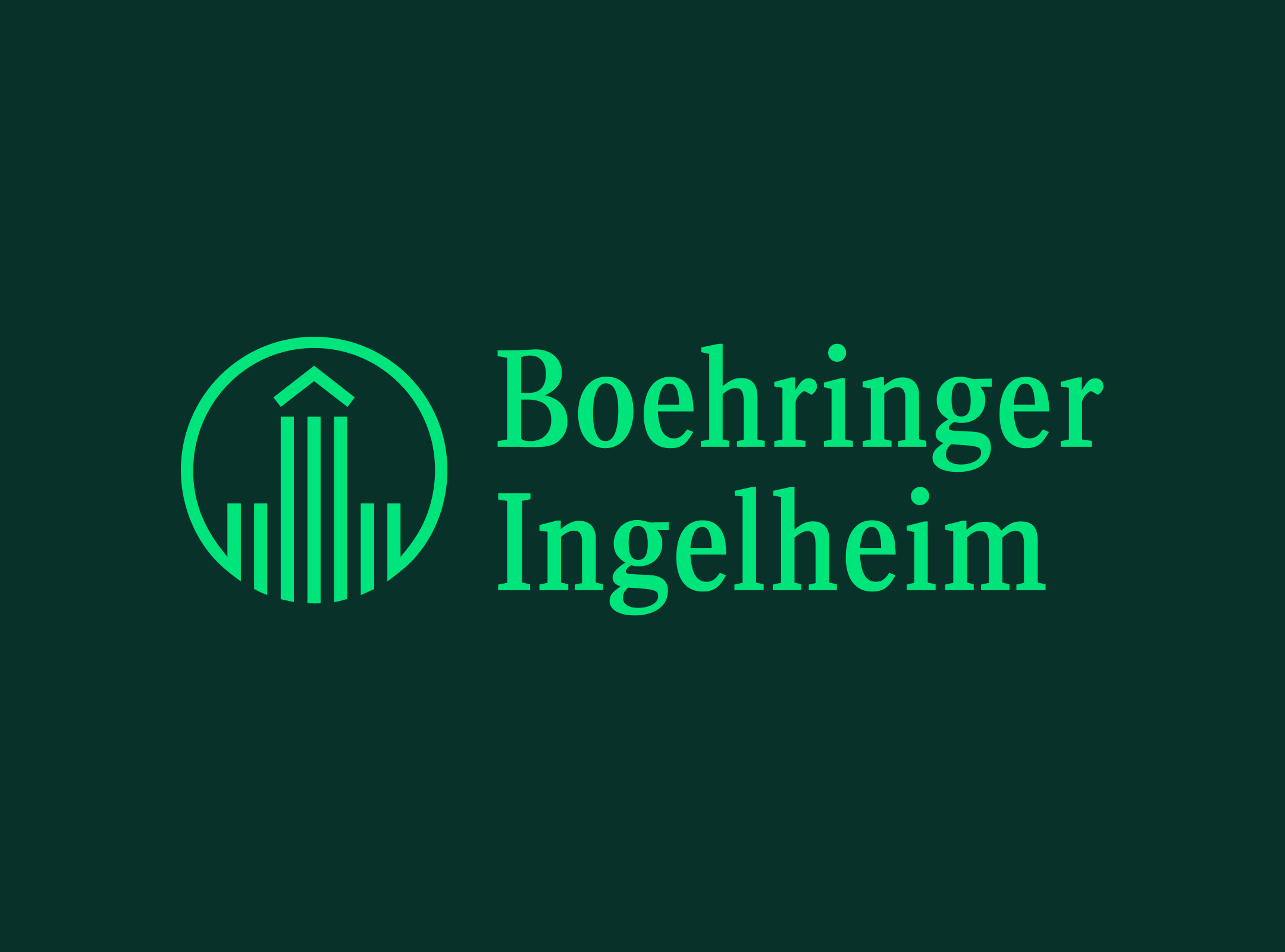


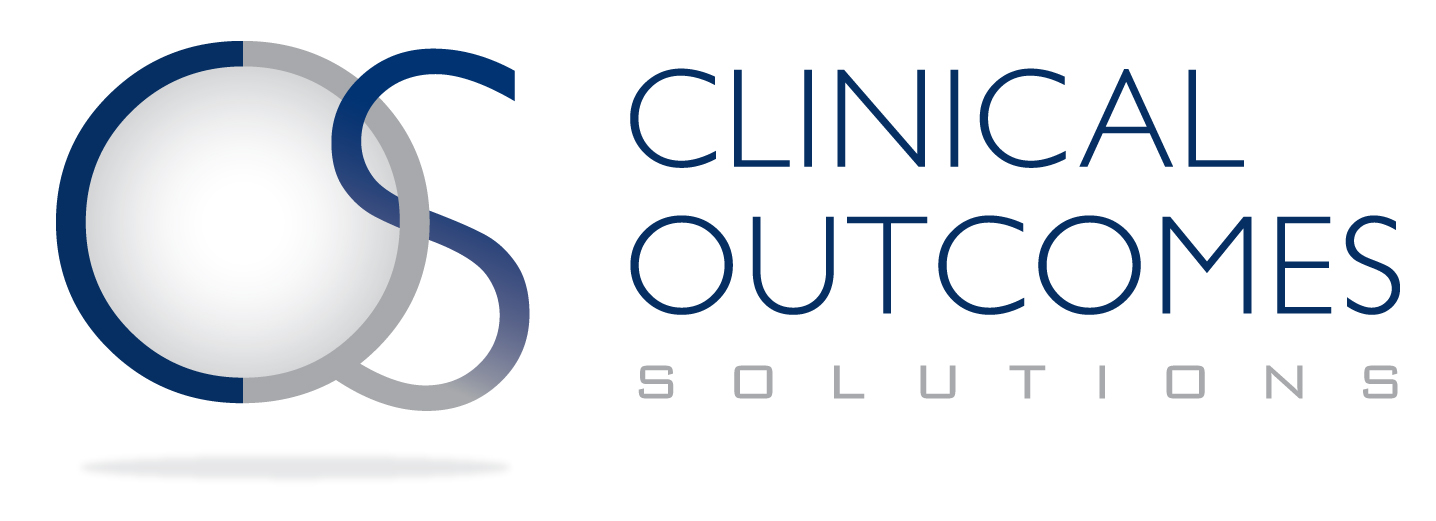


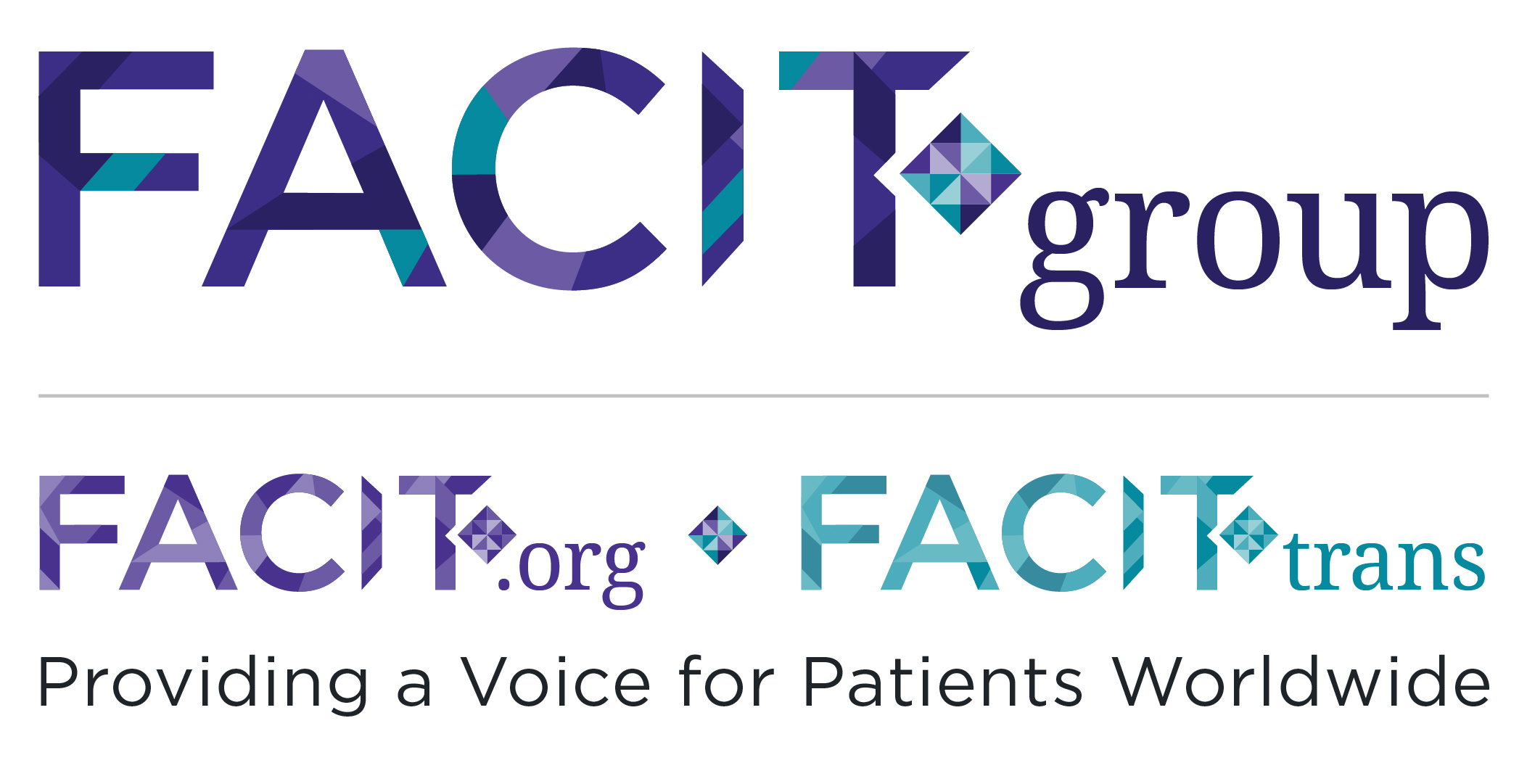


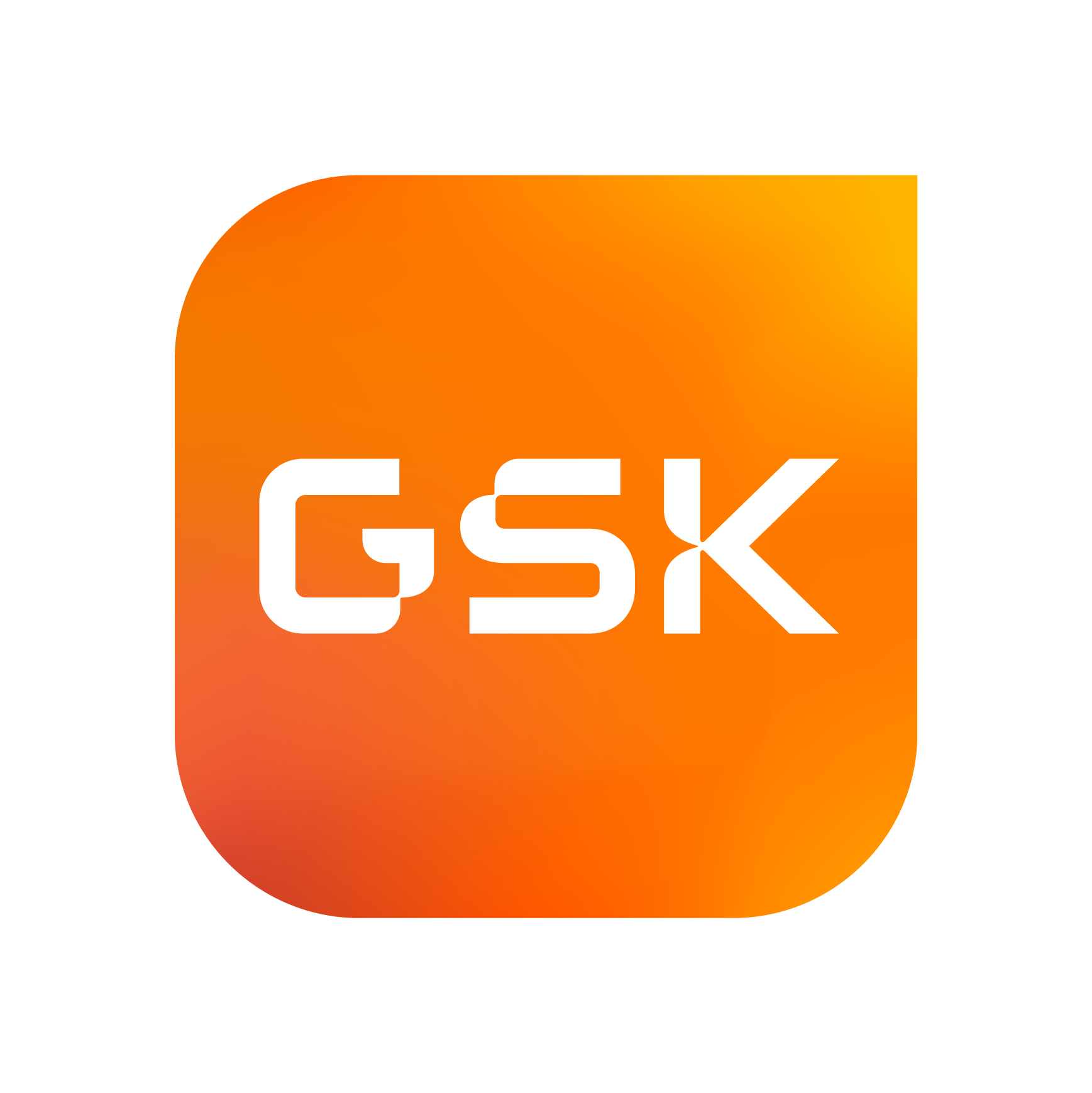

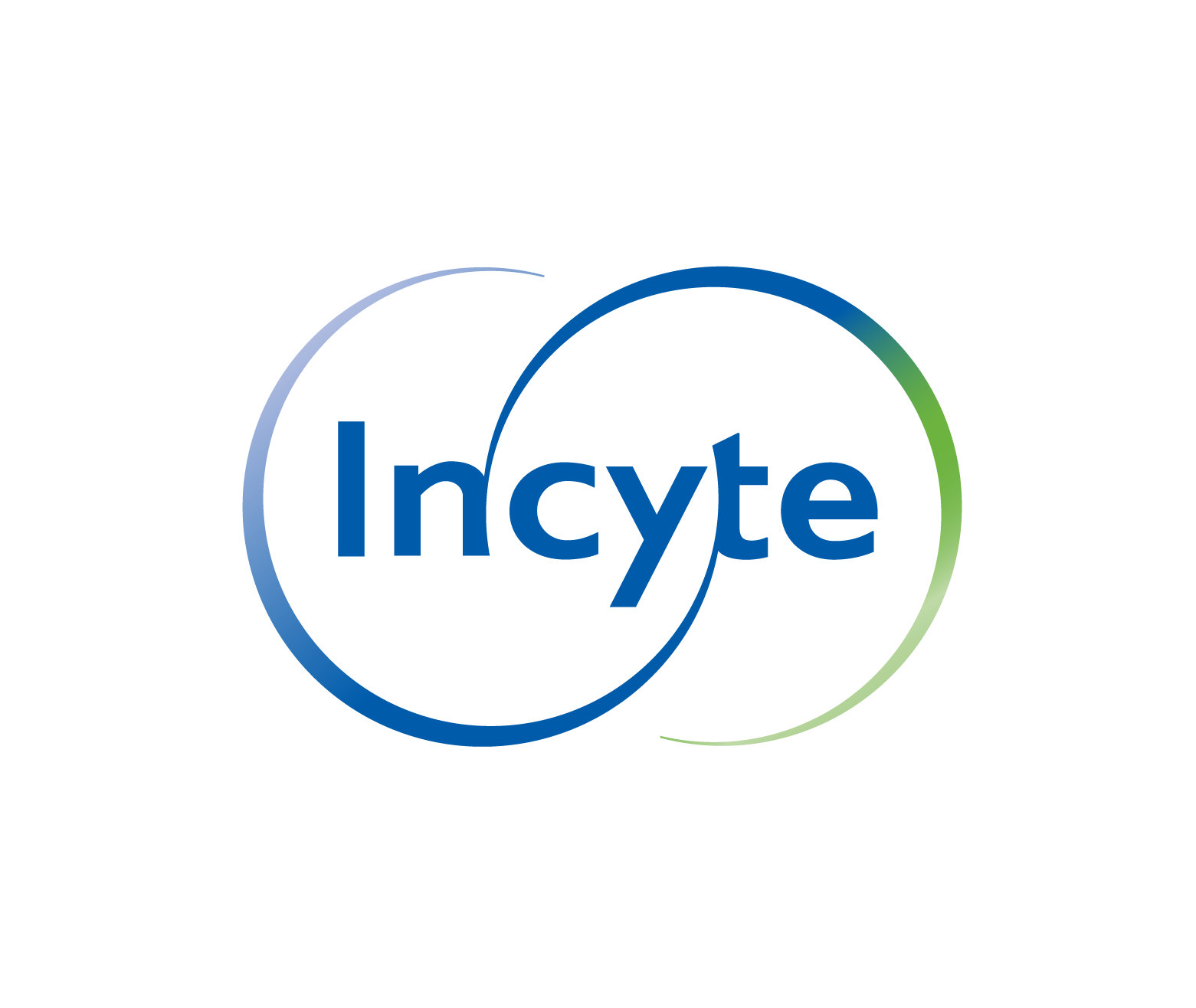
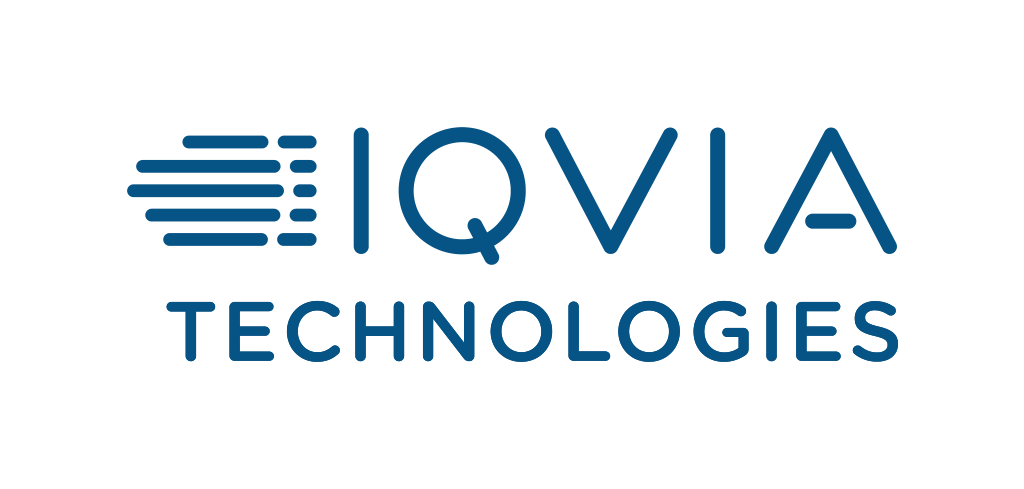
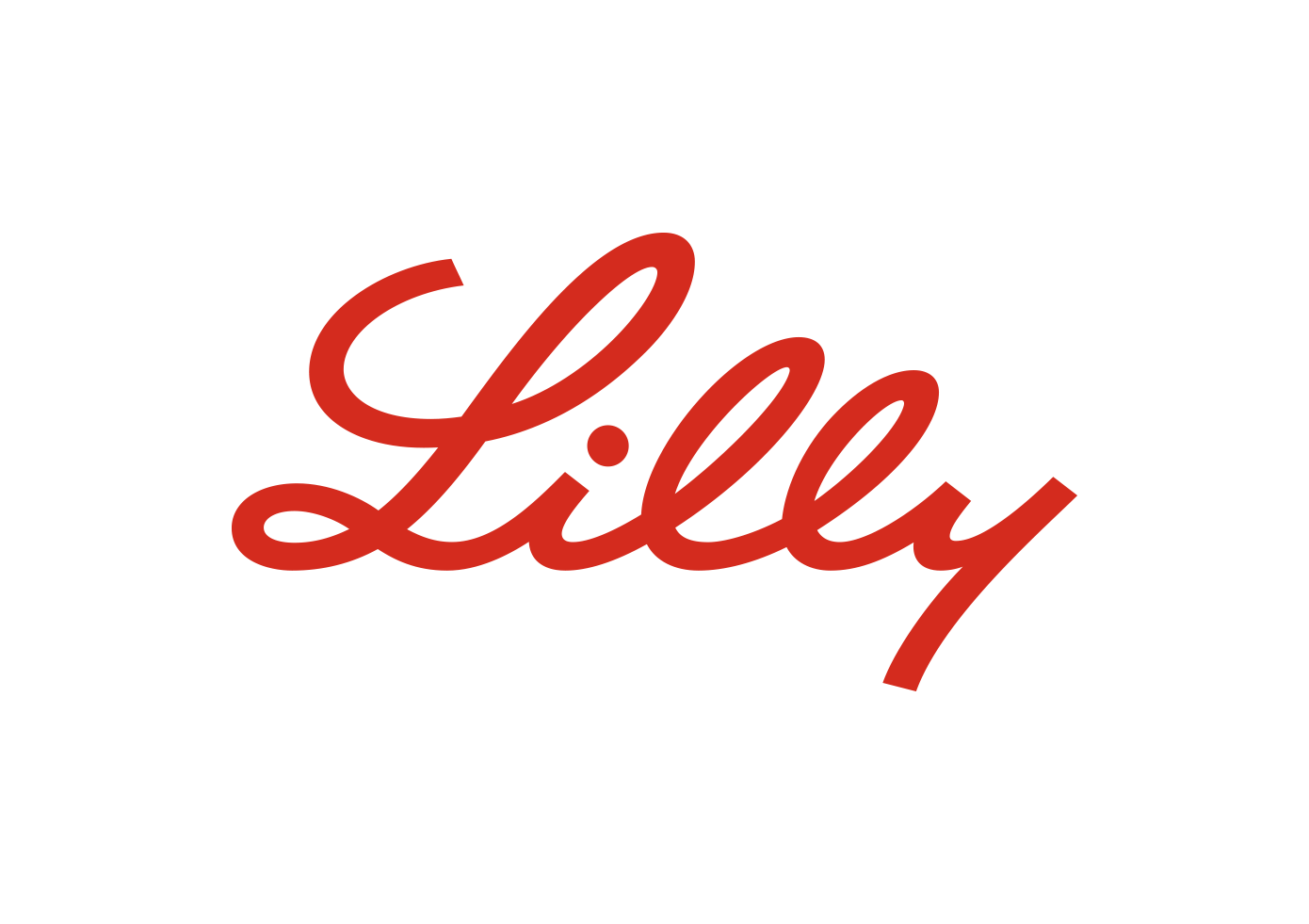


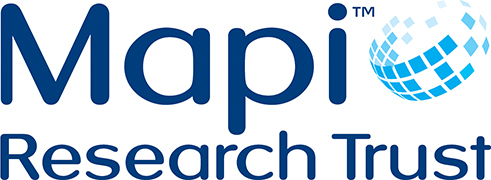
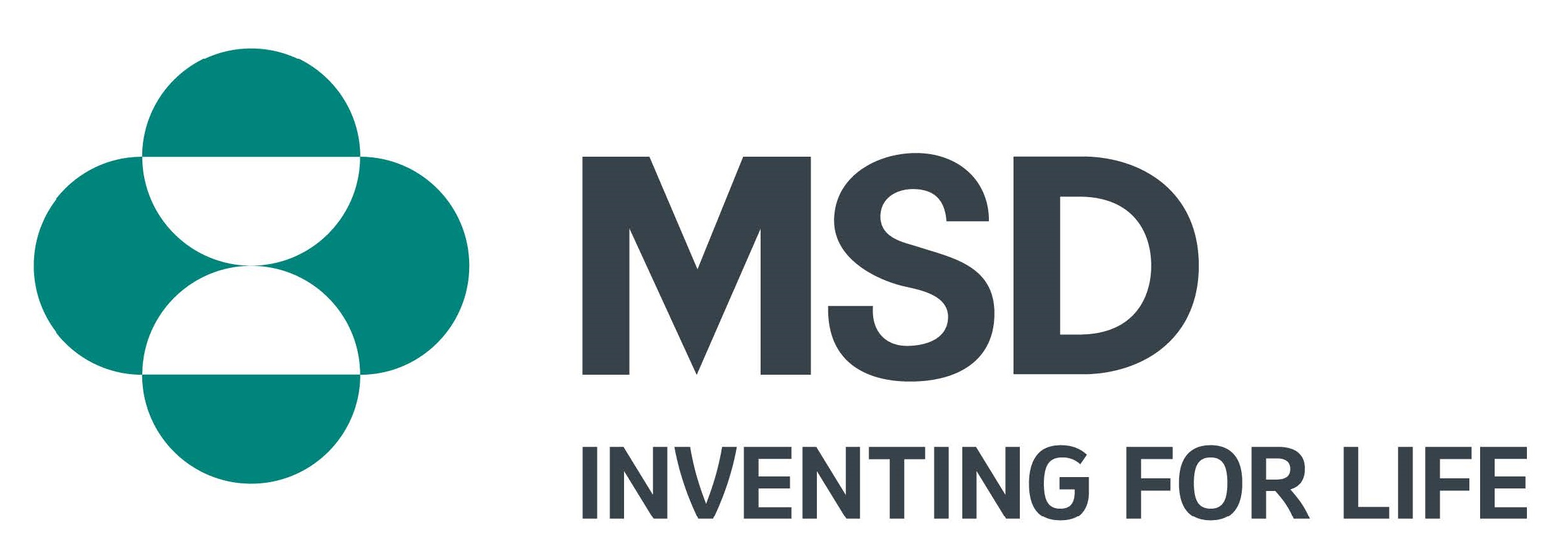


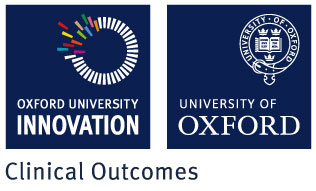
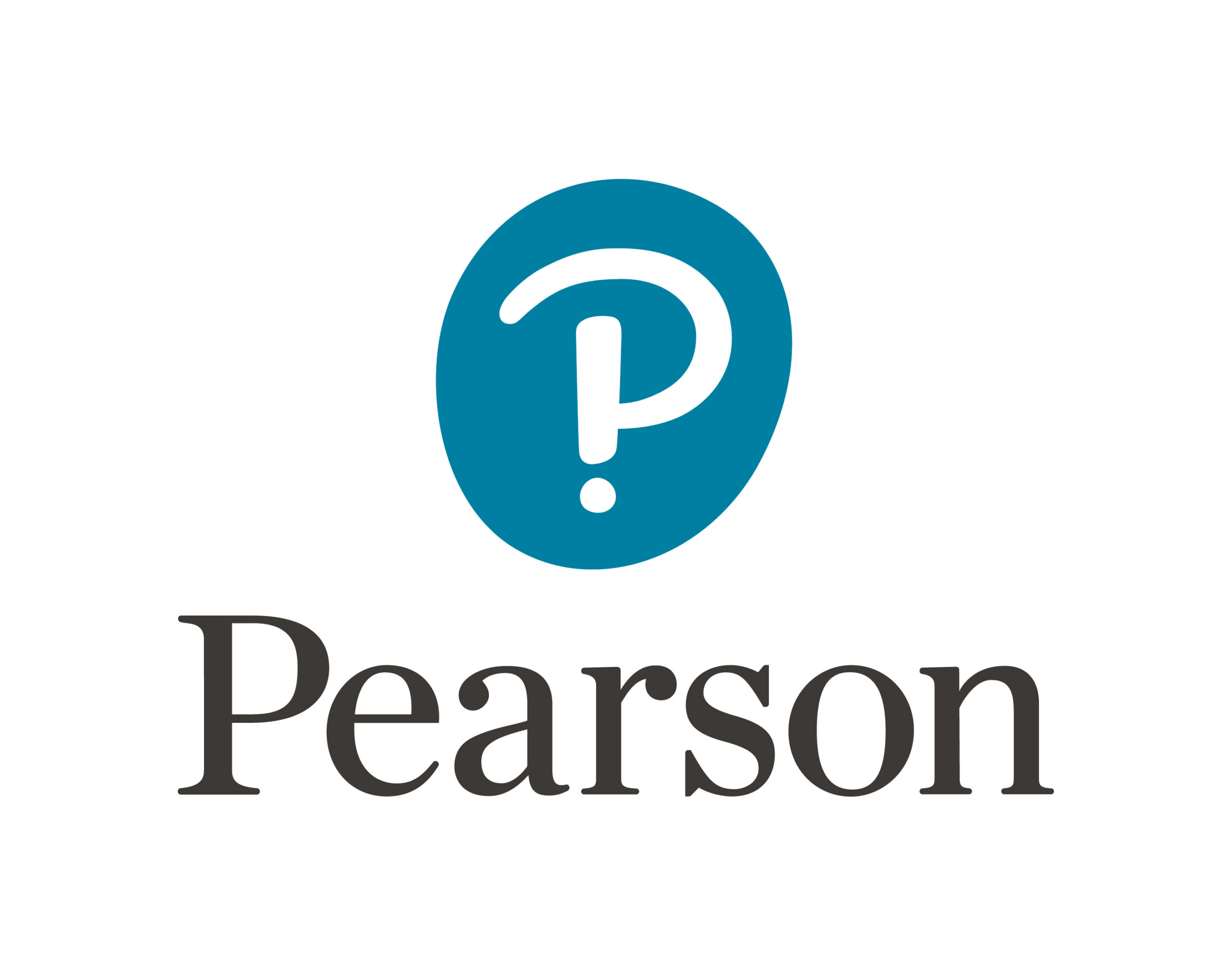
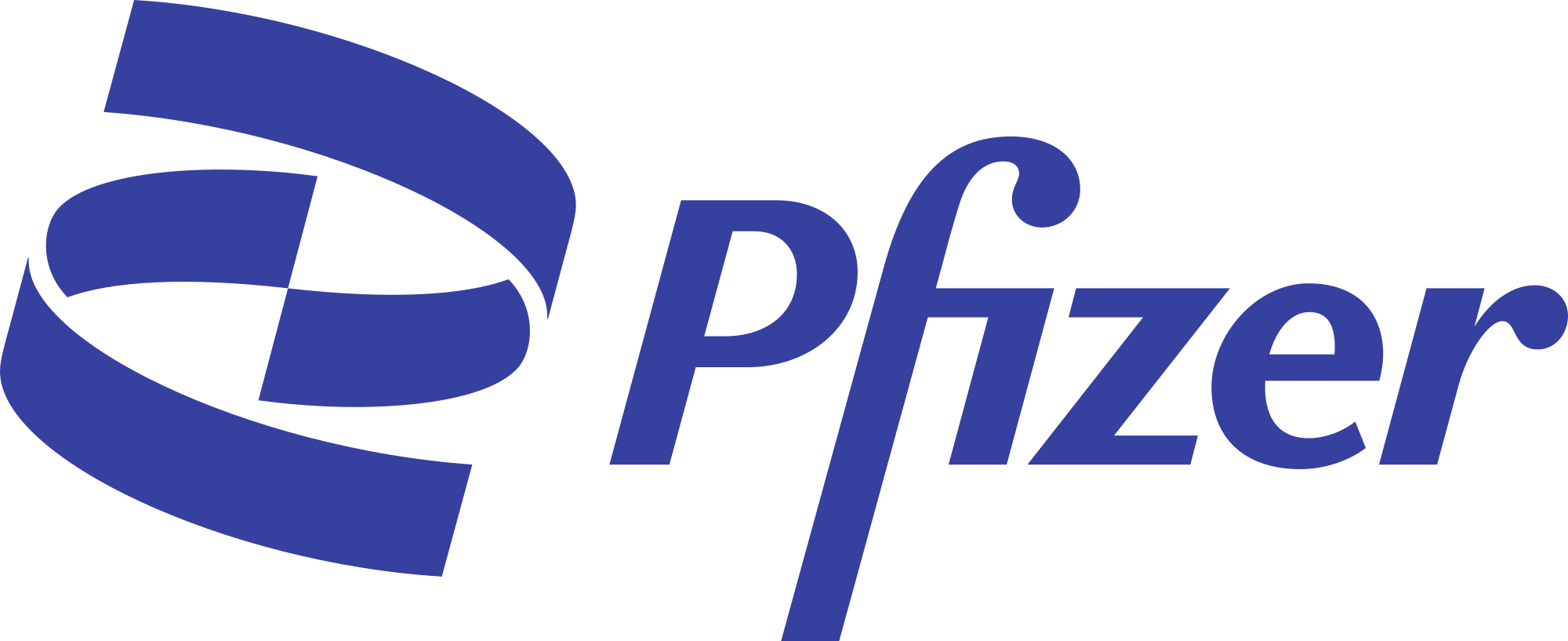


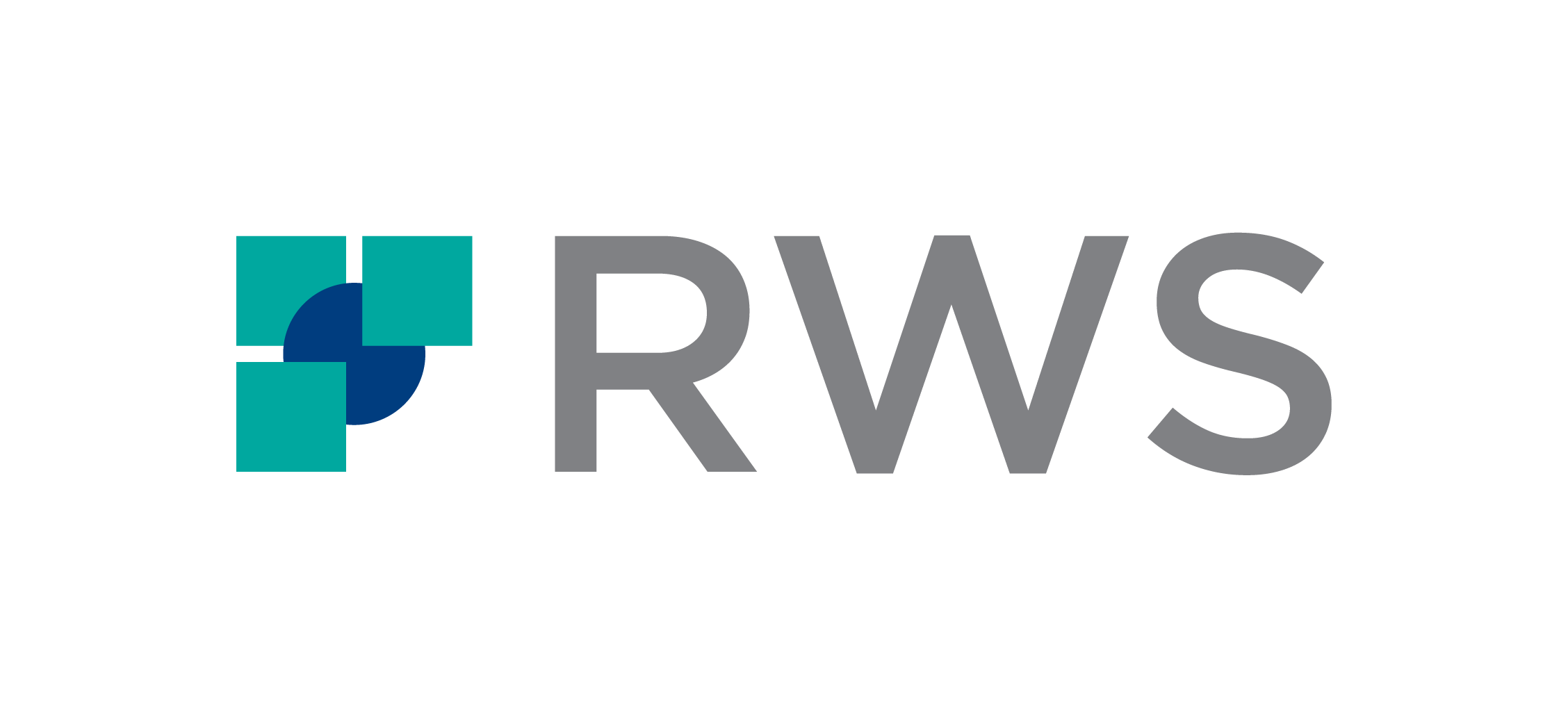


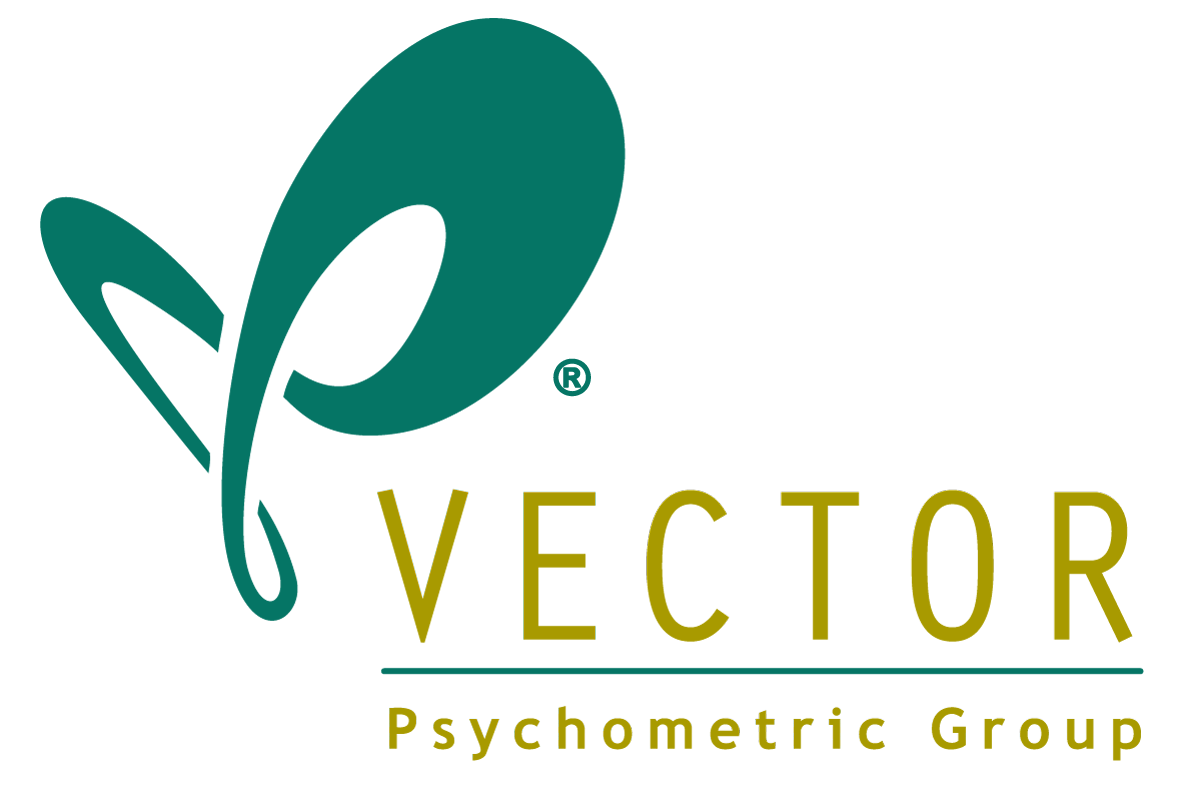
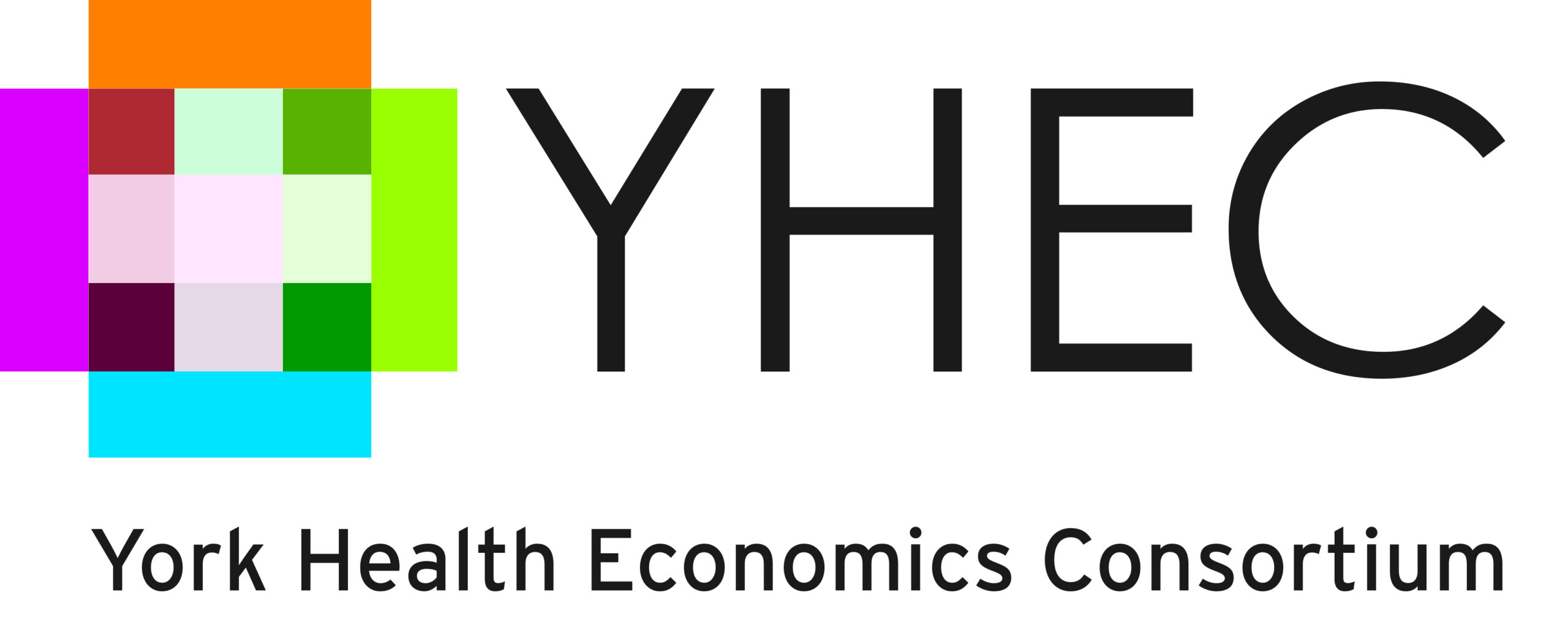

The International Society for Quality of Life Research (ISOQOL) is a global community of researchers, clinicians, health care professionals, industry professionals, consultants, and patient research partners advancing health related quality of life research (HRQL).
Together, we are creating a future in which patient perspective is integral to health research, care and policy.

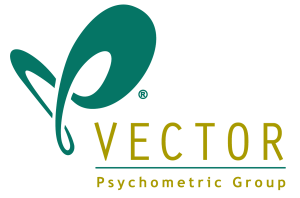

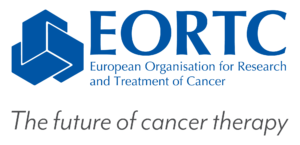
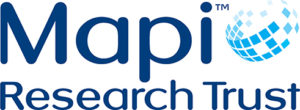











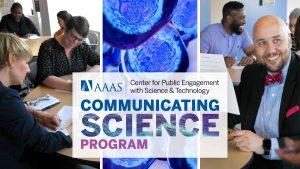
Social Events